The surroundings
Destinations are reachable in 1 hour
Venice
Venice and the islands of the Lagoon
the Brenta and its Villas
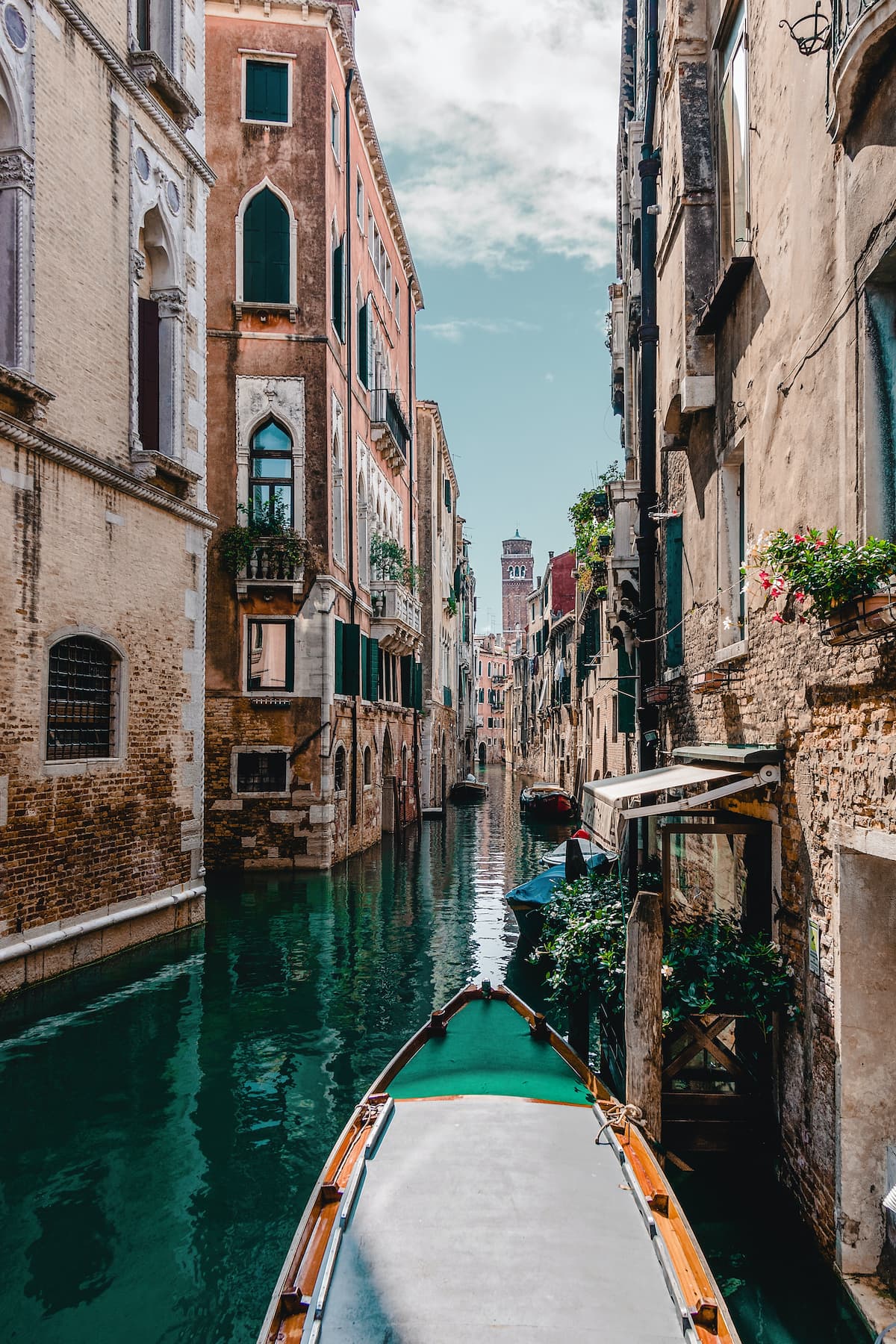
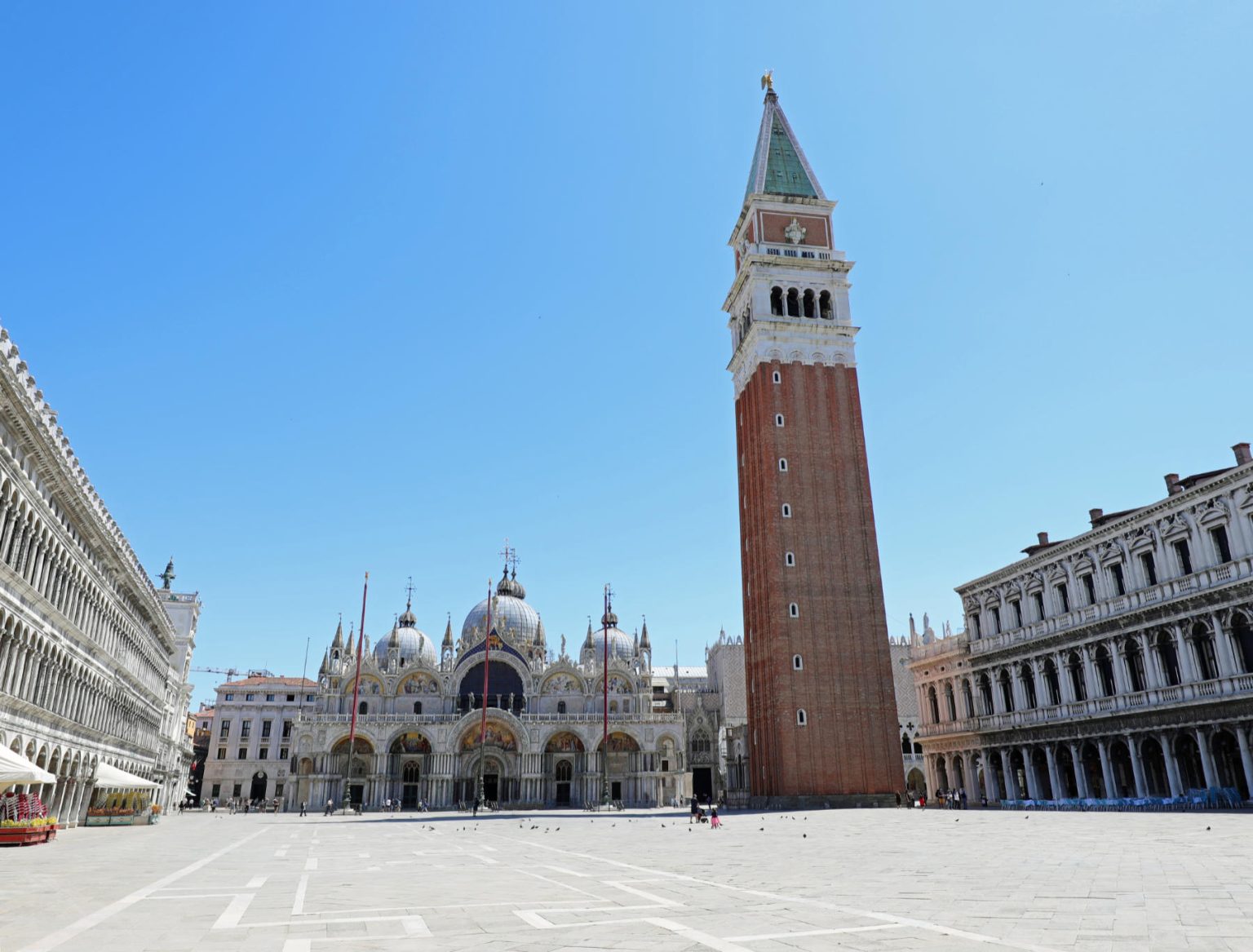
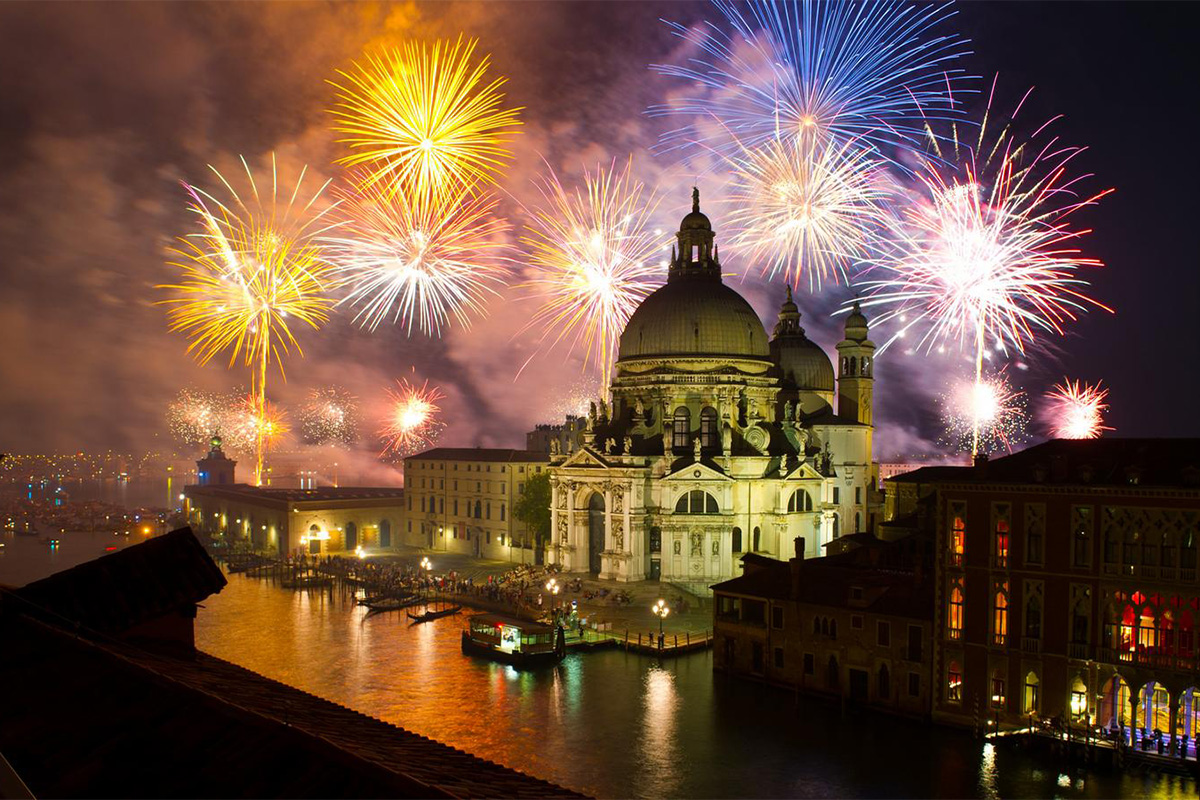
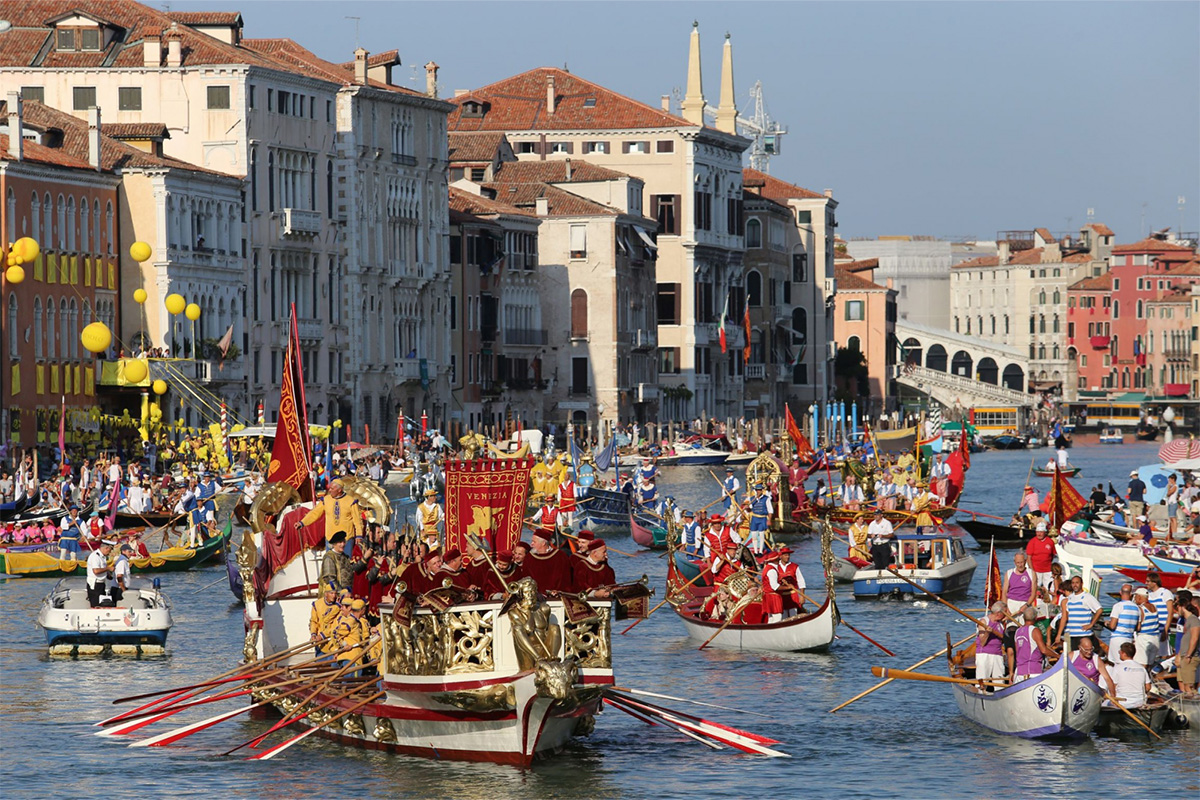
Venice all in one: a tourist city, a cultural capital, a commonplace, a myth, including a gondola ride, a concert in the church or an art exhibition in a palace.
When you climb up to a bell tower, you can already see the Venice of all times, an endless sea of red roofs and the symbols of eternal power: the Palaces and Churches.
It would be too long and obvious to list everything the city offers, so let’s just say that you can follow different itineraries to discover the charms of this magical city.
Padova
Padua and the Euganean hills
Arquá Petrarca - Monselice - Este
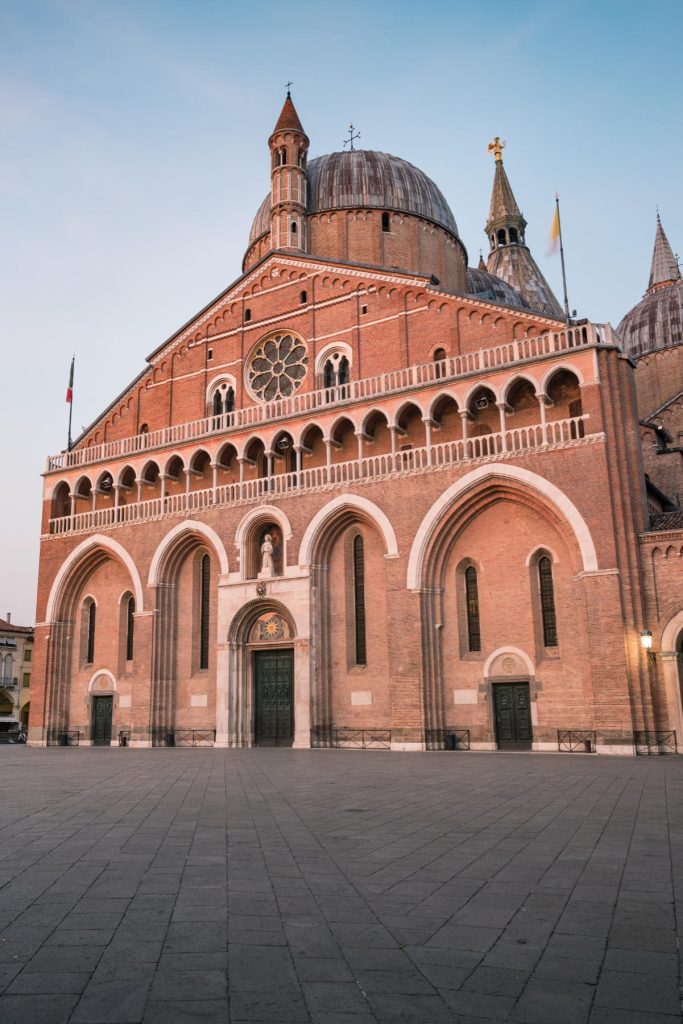
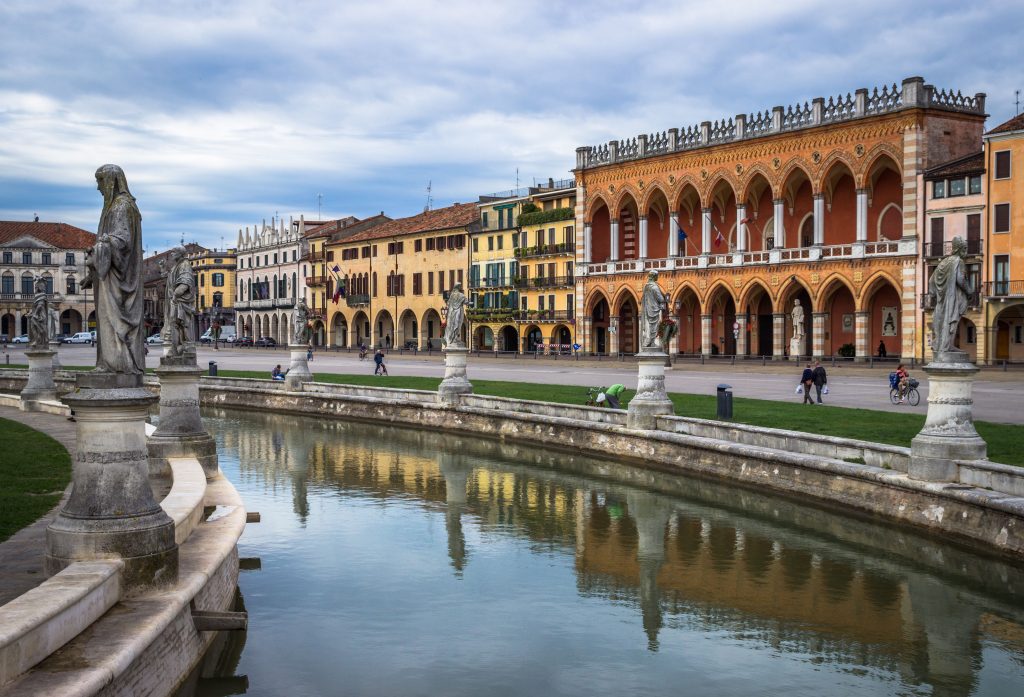
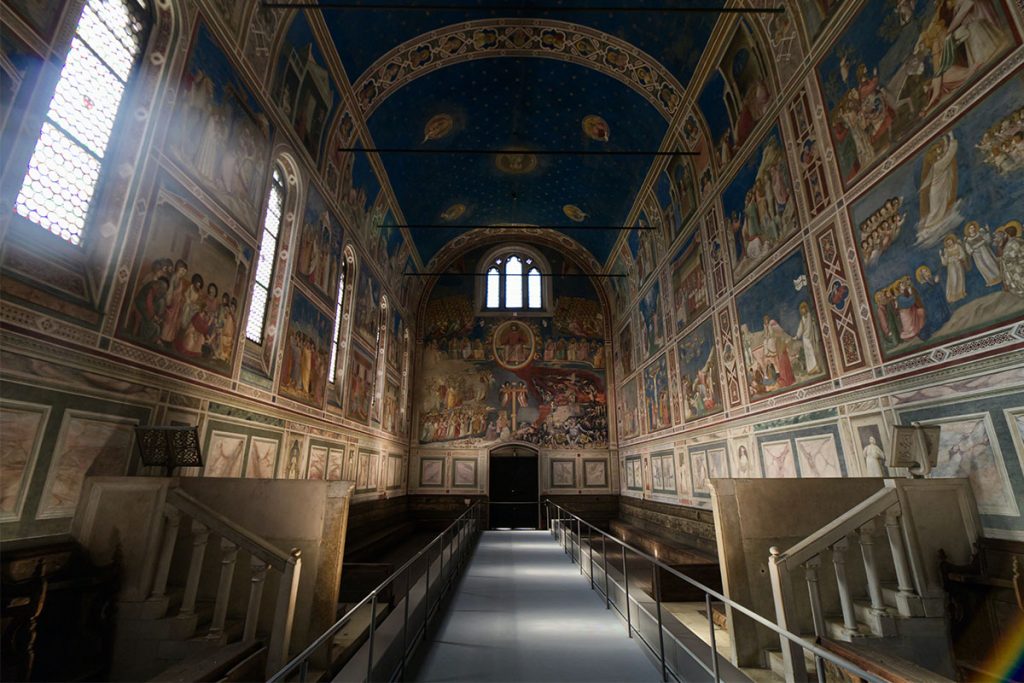

While Padua has many outstanding works of art, perhaps it is one of all the major cities in Veneto, which has a less monumental aspect.
Despite its rather irregular topography, it has picturesque views with its old neighborhoods and long arcaded streets. With its numerous students, the life in Padua is very lively and unique.
The university maintains the city’s cultural prestige high, supported by a rich artistic heritage of churches and museums. The most important ones are the basilica dedicated to S. Antonio, the church of Santa Giustina which has a grandiose structure, the Cathedral and the Baptistery with the works of Giusto dei Manabuoi, the Scrovegni Chapel frescoed by Giotto and the Museum of the Eremitani.
Noale
NOALE IN FIORE - IL PALIO DI NOALE
INFIORATA DEL CORPUS DOMINI
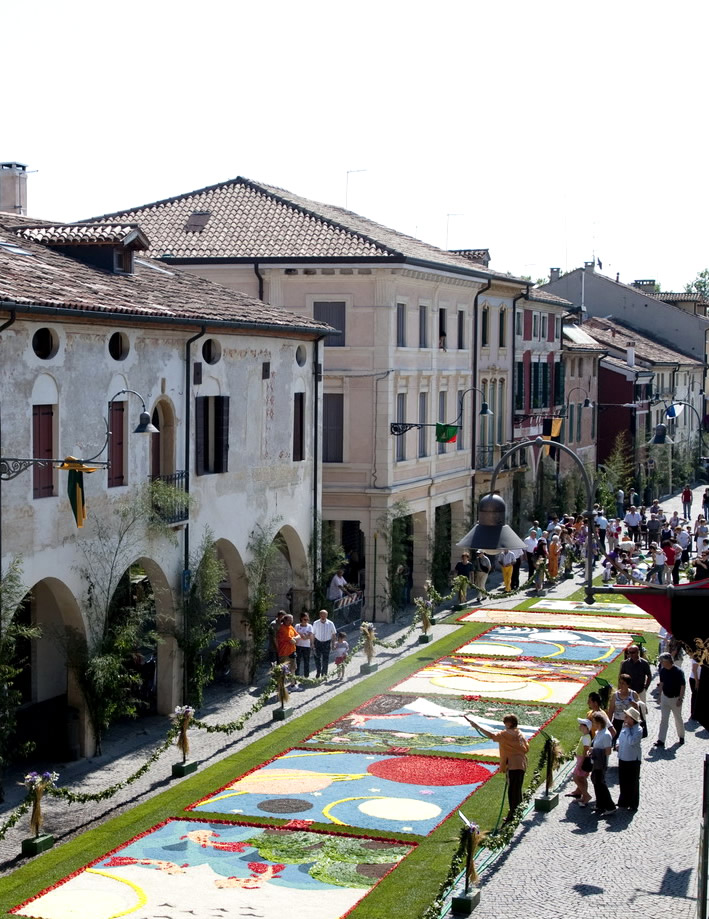

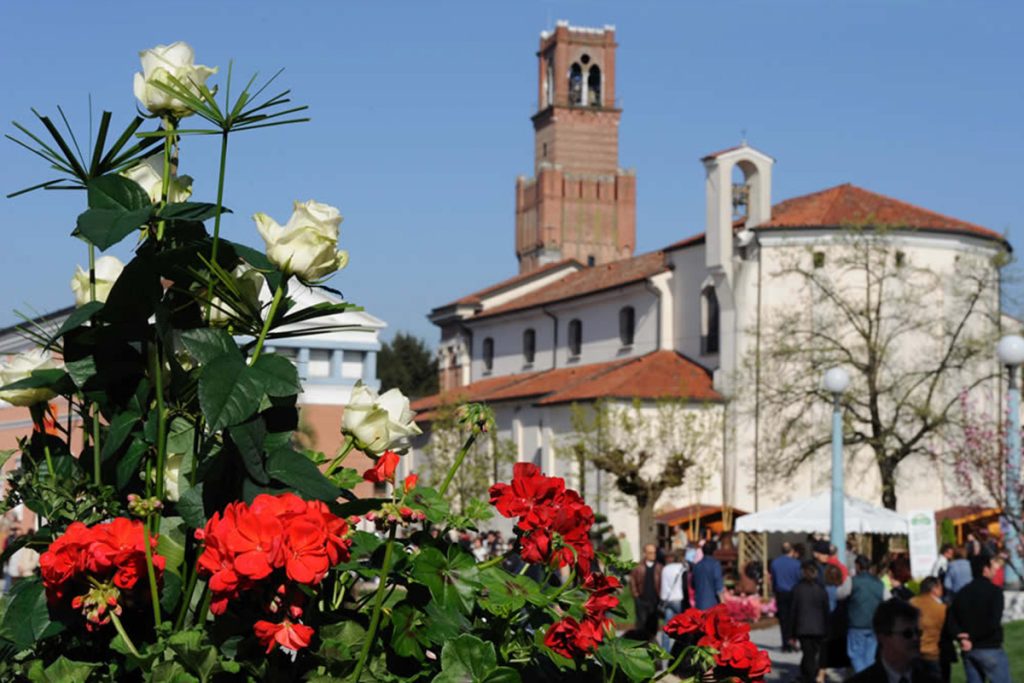
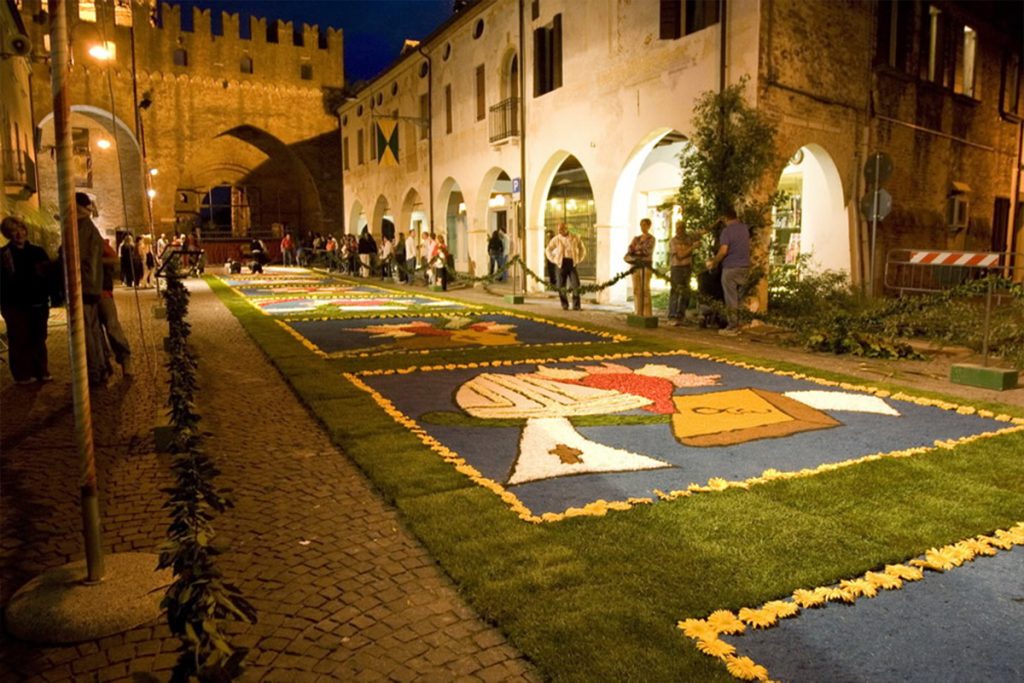
The charming and buzzing town of Noale, situated in the green lands of the Venetian plain, is a municipality of the province of Venice where the medieval atmosphere is most intensely lived and where at the same time you can enjoy the dynamism of modern life.
The town is located only about 20 km from historic commercial cities such as Venice-Mestre, Padua, Treviso, Catselfranco Veneto, Asolo, Possagno, etc.
The central location of Noale allows easy access to other important cities such as Verona, Vicenza and Bassano del Grappa.
Verona
arena - house of juliette - roman forum
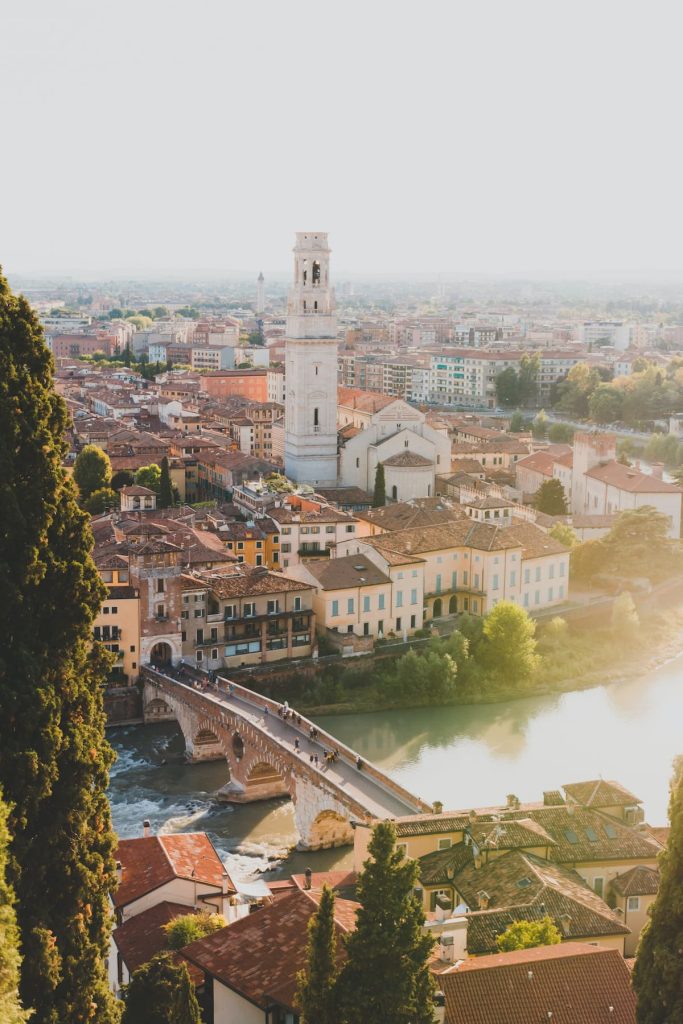
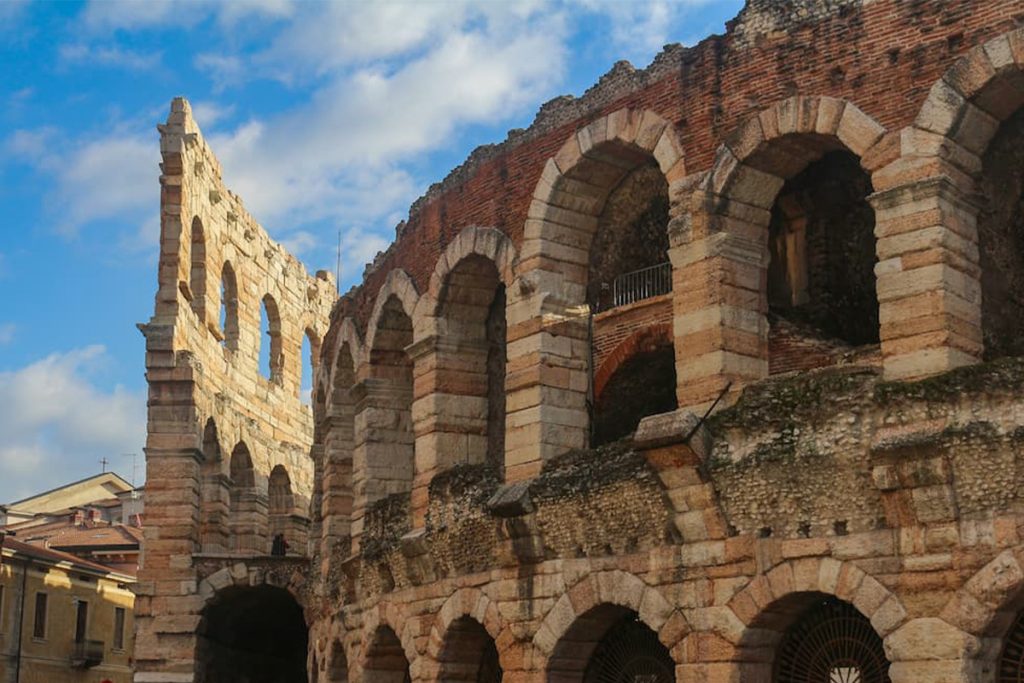
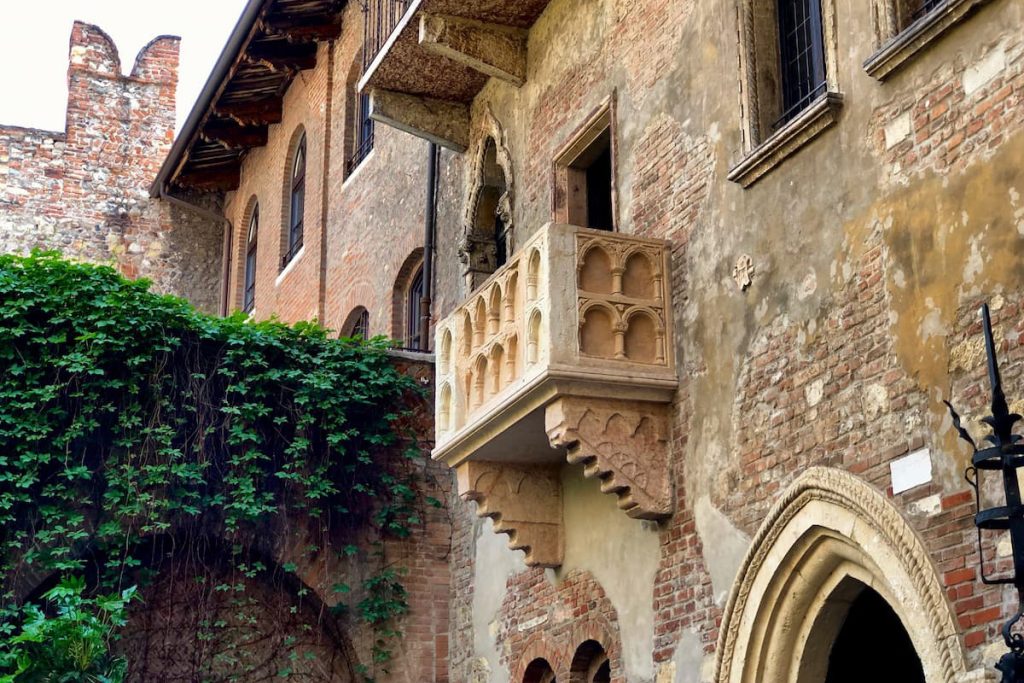
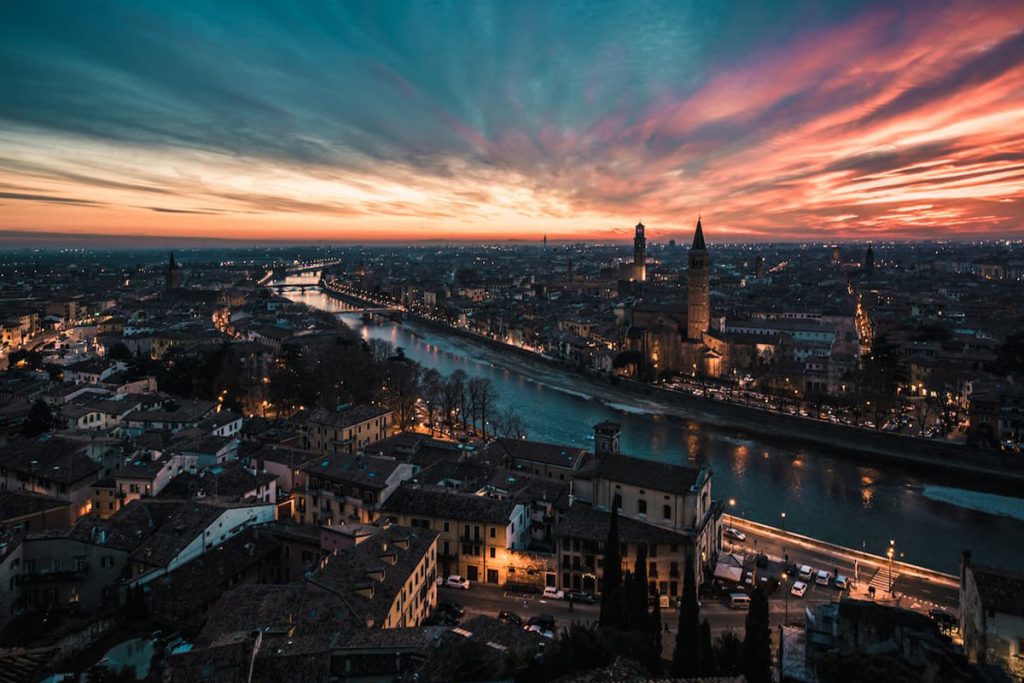
Verona is a colorful and charming city which has always inspired poets since the ancient times, such as Shakespeare, Carducci or artists such as Veronese, Palladio, Tiepolo.
Piazza delle Erbe, which occupies the ancient place of the Roman Forum, is the real heart of the city. Surrouded by ancient buildings and towers, in the center of the square, in addition to the fifteenth-century Market Column, stands a splendid marble shrine of the sixteenth century.
If we talk about Verona, we certainly cannot forget the Arena, built in the first century AD and which hosts the great local opera season in the summer months. We neither can miss the castle of Montecchio and the balcony which inspired the story of Romeo and Juliette and so attracts thousands of tourists every year.
Vicenza
VICENZA - BASSANO DEL GRAPPA - MAROSTICA
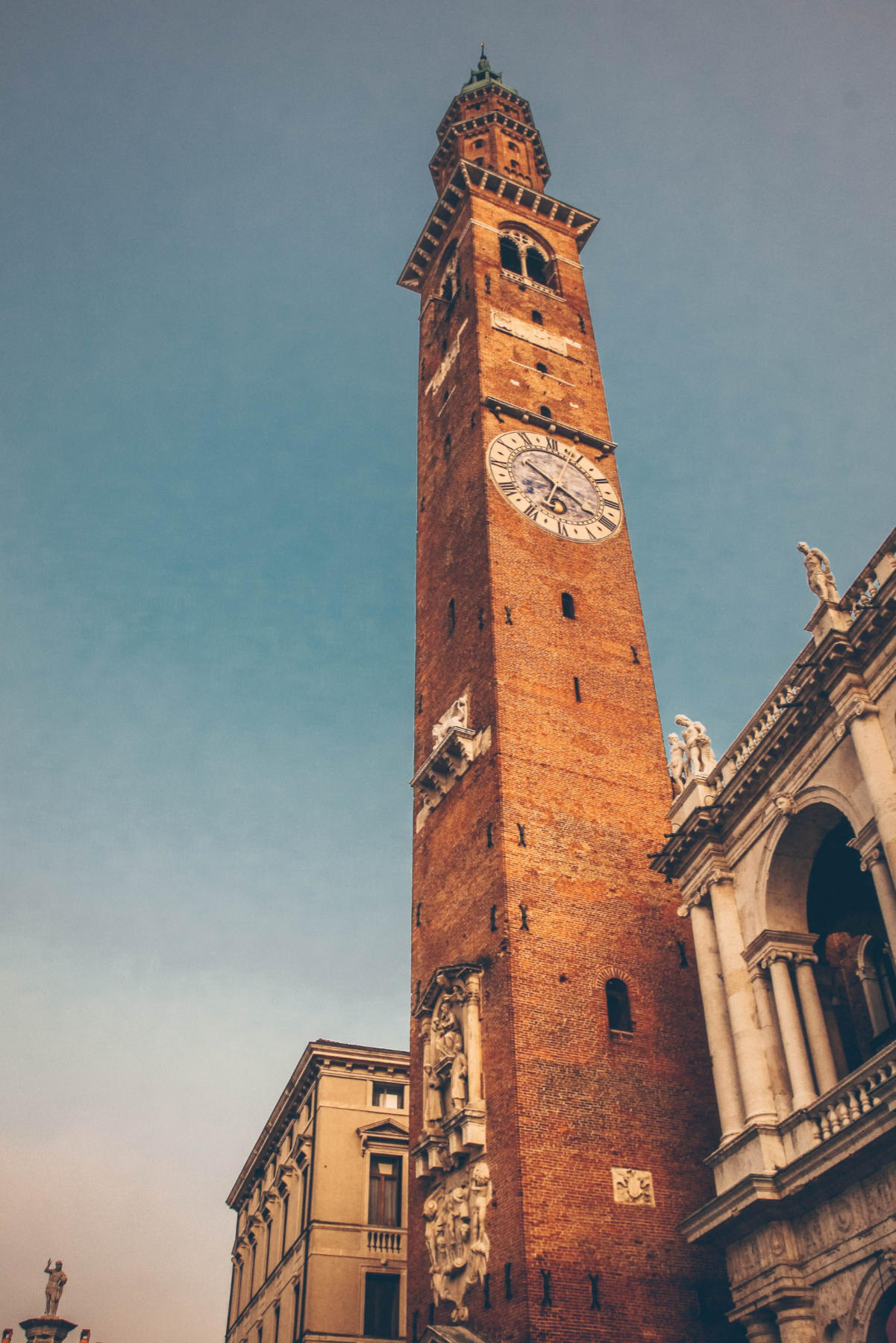
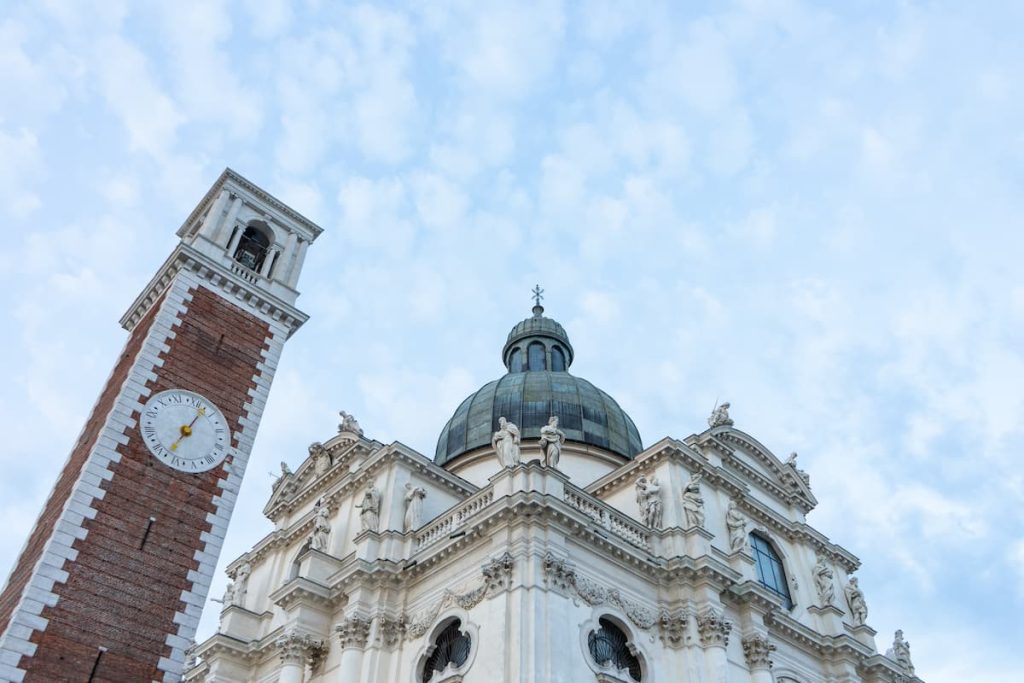
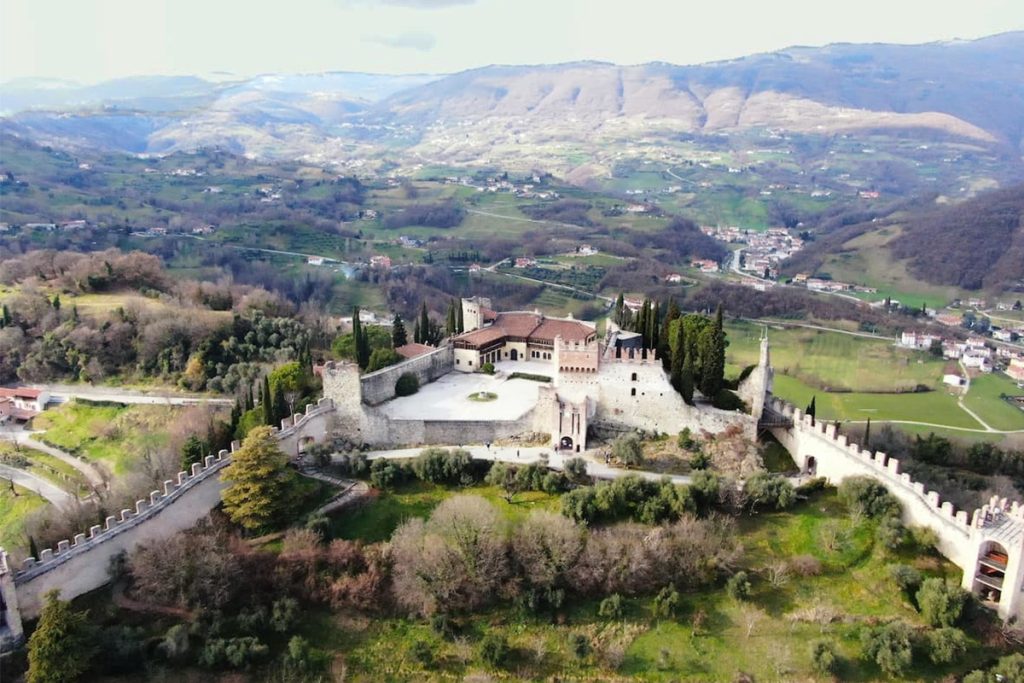
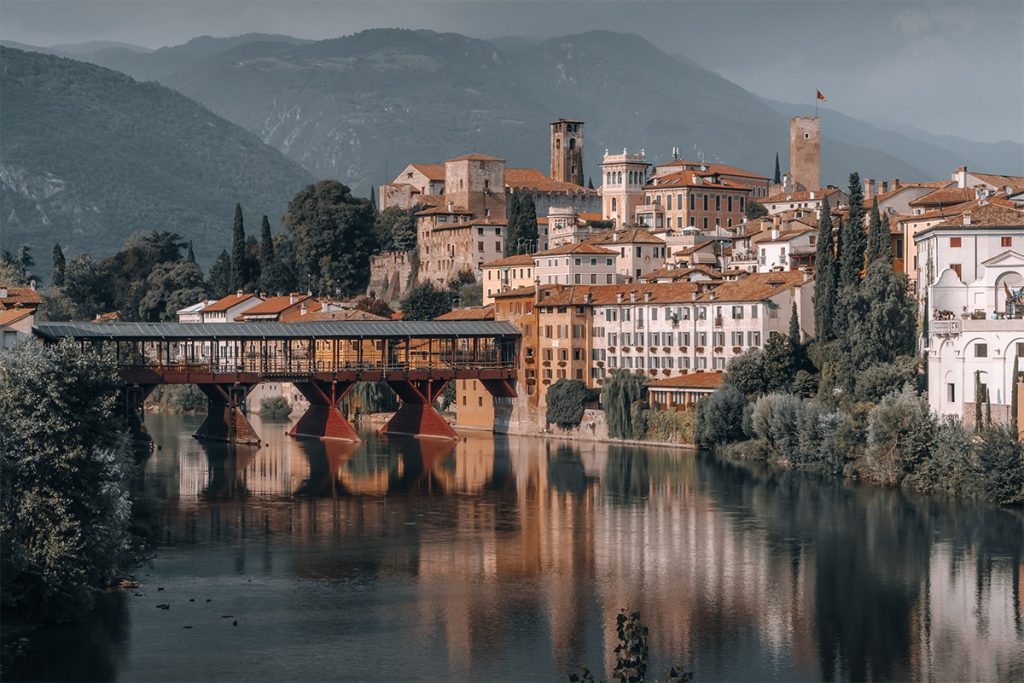
Vicenza, the city of water and rivers, was born on the alluvial height at the foot of the Berici Hills right at the confluence of navigable waterways, convenient and indispensable to trade, it is still renowned today for its goldsmithing activities. From the Roman era there are the remains of the grandiose Berga Theater, built at the time of Emperor Hadrian and preserved in the Civic Museum.
Proving its active religious past, you can find here many churches and basilicas, including the basilica of San Felice and Fortunato, paved with Paleo-Christian mosaics.
There are also many palaces and villas that enrich the artistic heritage of the city: Palazzo della Ragione, Palazzo Thiene, Palazzo Civena and Palazzo Chiericati which were partially or completely designed and followed by Palladio or like the Rotonda, the most Palladian one of the Vicenza villas.
Treviso
TREVISO AND THE "MARCA TREVIGIANA" - CASTELFRANCO VENETO - ASOLO - POSSAGNO
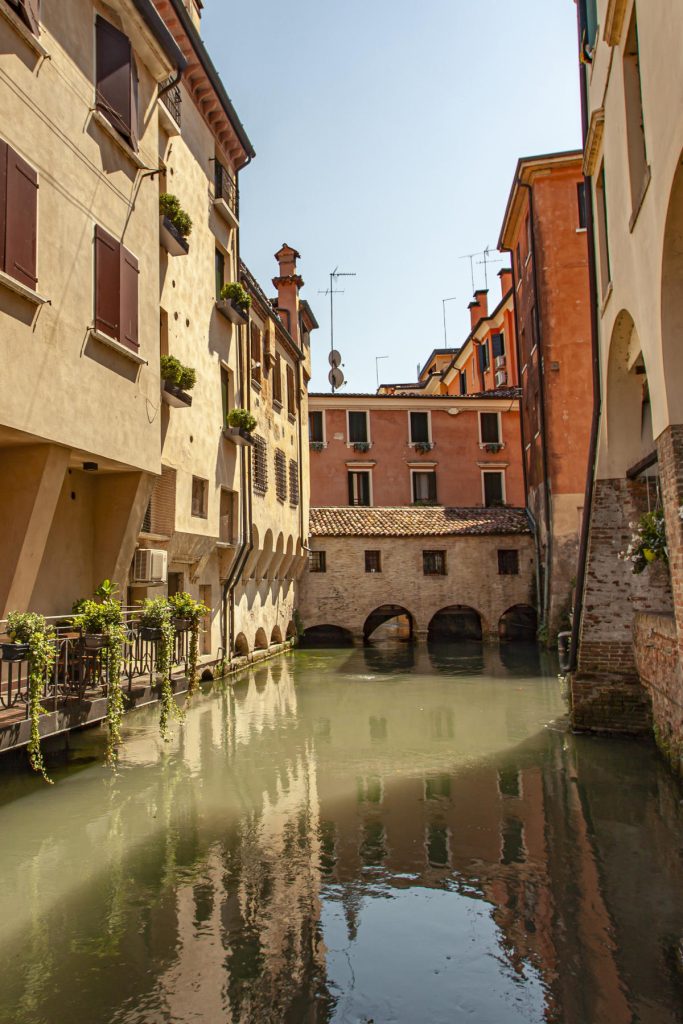
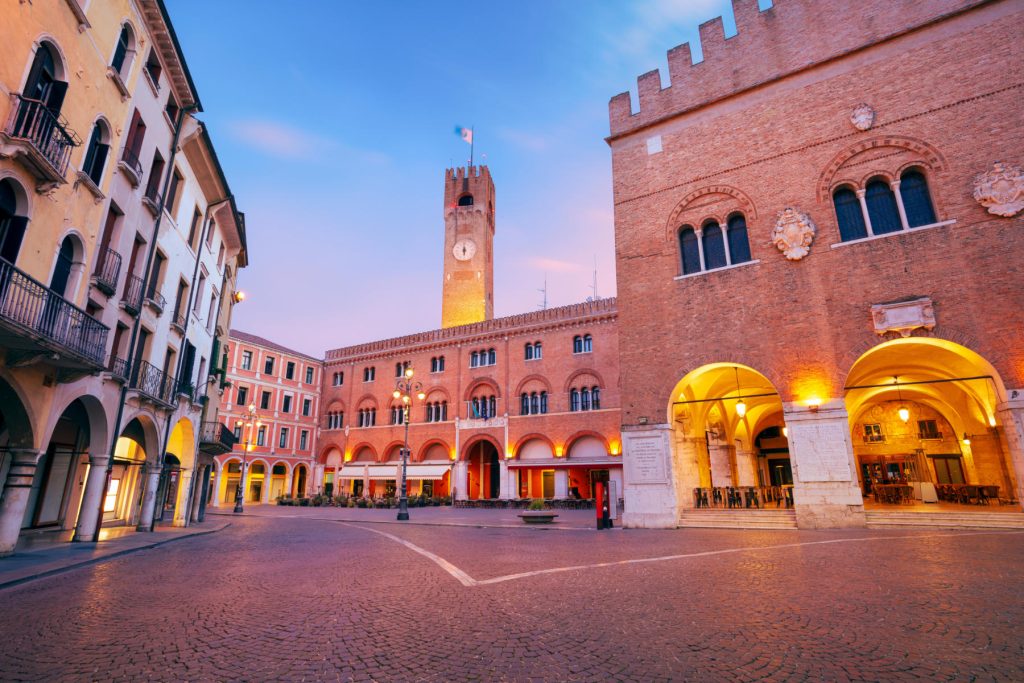

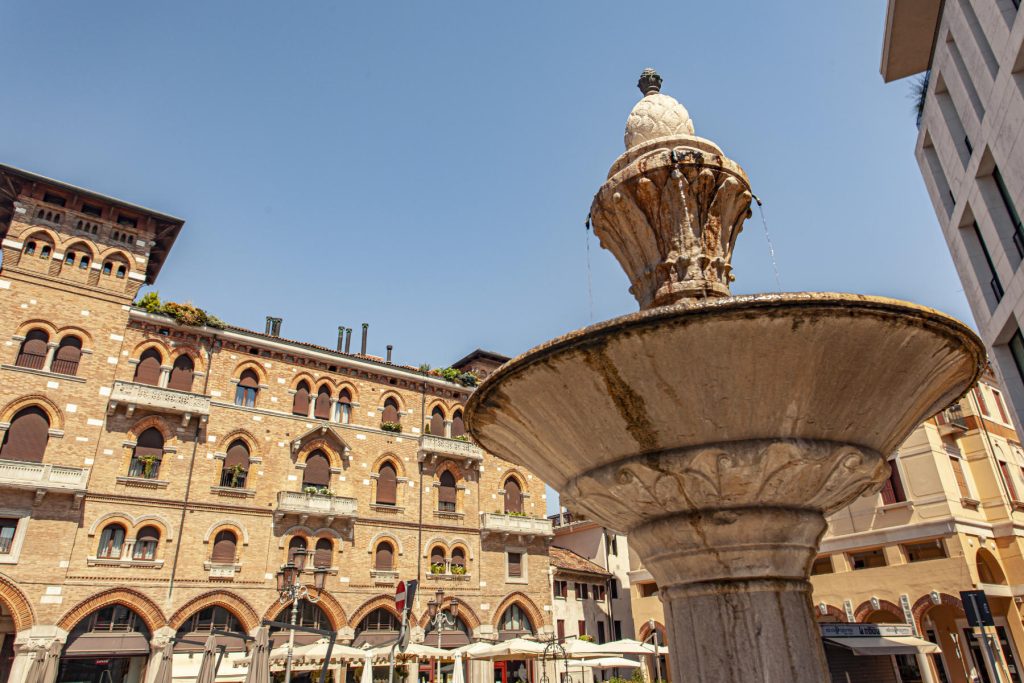
Treviso is still today a less known city, although it can offer many opportunities both for tourists and for scholars with its endowments, churches, museums and libraries.
It’s a city on human scale, knowing the needs and desires of its inhabitants and its visitors.
The four access doors introduce us to the artistic beauties of the center, from the ancient “city of water” to its arcades and porticoes (unique in Italy), to its squares and neighborhoods, crossed and embraced by an extraordinary river: the Sile, which has, according to a legend, always been called this way, because it flows in silence (“silet” means silent).